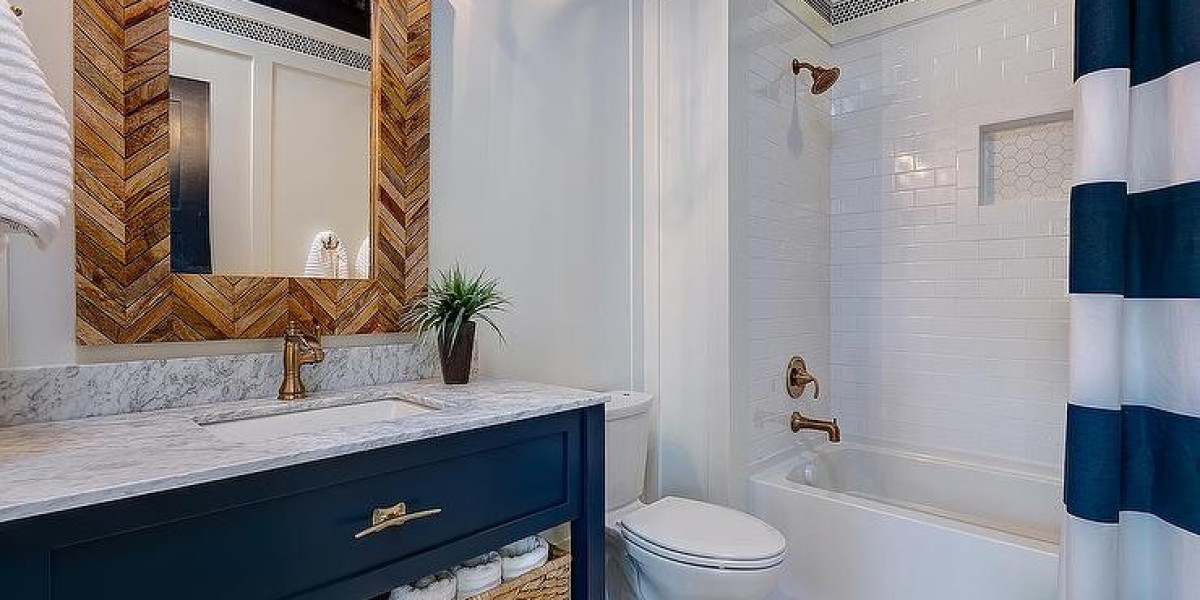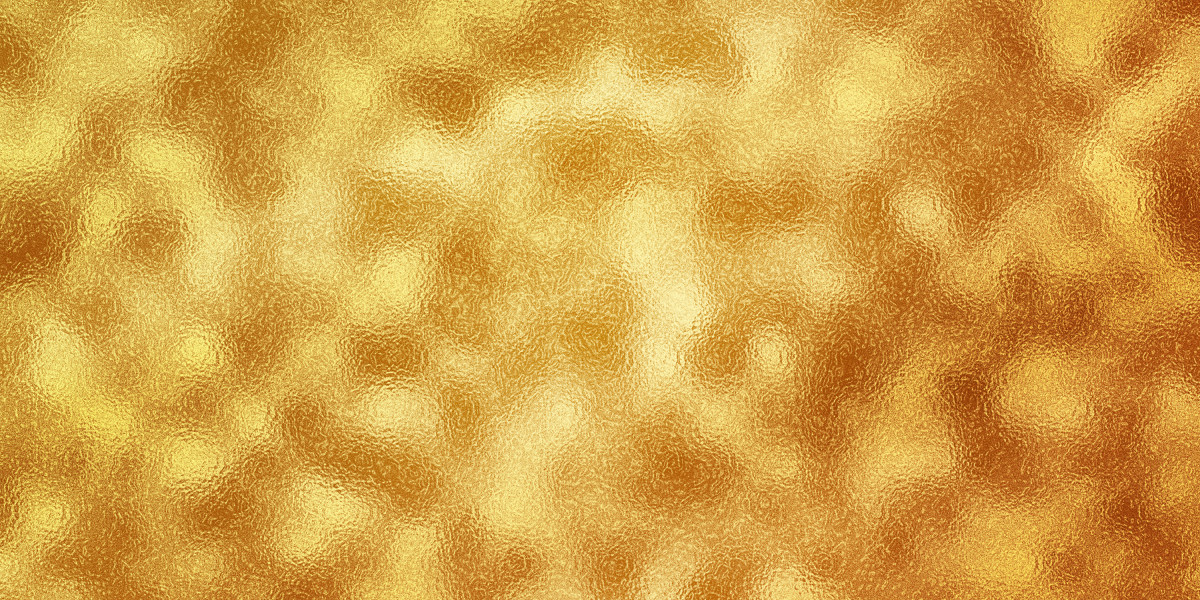The bathroom, once a purely functional space, has evolved into a personal sanctuary—a room for relaxation and rejuvenation. In this pursuit of a serene escape, color plays a pivotal role. While all-white schemes and neutral palettes have long been favored for their clean, spa-like appeal, a more daring and deeply comforting trend is emerging: the rich, sophisticated pairing of dark blue and brown. This combination, reminiscent of the natural world’s twilight skies and rich earth, offers a modern twist on bathroom design that is both dramatic and inviting. Moving beyond safe choices, this palette creates a space that feels grounded, luxurious, and intensely personal.
Gone are the days of matchy-matchy, chocolate-brown suites. Today’s interpretation is nuanced and layered. It’s about creating depth, contrast, and a tactile experience that soothes the senses. This pairing works because it balances cool and warm undertones perfectly. The depth of navy, charcoal, or sapphire blue provides a cool, enveloping backdrop, while the warmth of walnut, oak, tan, or taupe brown brings in organic comfort, preventing the space from feeling cold or cavernous. The result is a harmonious environment that feels both expansive and intimate.
Establishing Your Color Foundation
The first step in designing with this powerful duo is deciding how to distribute the colors within your space. The ratio of dark blue to brown will dramatically alter the room’s final feel, allowing you to tailor the atmosphere to your personal taste and the bathroom’s specific dimensions and light availability.
For those seeking a bold, dramatic statement, consider letting dark blue dominate. This approach is perfect for creating a cozy, cocooning effect. Painting the walls in a deep navy or a moody blue-grey instantly adds sophistication and depth. In smaller bathrooms, this might seem counterintuitive, but when executed correctly, it can make the walls recede, blurring the boundaries of the space. To complement this, introduce brown through key elements. A rich, wood-grained vanity unit becomes a stunning focal point against the blue backdrop. Similarly, brown floor tiles—perhaps in a large-format porcelain that mimics limestone or weathered wood—ground the space beautifully. Accessories in brushed brass or matte black will pop against the dark walls, adding necessary metallic highlights.
If a warmer, more grounded aesthetic is your goal, let brown take the lead. This creates an earthy, organic foundation that is inherently calming and welcoming. This can be achieved through wide-plank walnut-look flooring, a large freestanding wooden vanity, or even wall paneling in a deep, chocolatey stain. With brown as the primary color, dark blue is then used as a sophisticated accent. This is where you can introduce pattern and texture. A floor-to-ceiling tiled shower niche in a geometric dark blue pattern, elegant navy cabinetry, or luxurious blue towels and bath mats can provide the perfect counterpoint to the warmth of the wood. This scheme feels incredibly natural and is ideal for bathrooms with ample natural light, which will play beautifully off the wood’s natural grains.
For a truly balanced and modern look, aim for a near-equal distribution of both colors. This creates a dynamic and visually engaging space where neither tone overpowers the other. Imagine a scenario where the lower half of the room—wainscoting or vanity—is a rich, dark wood, while the upper walls and ceiling are painted in a complementary deep blue. Alternatively, a navy blue freestanding bathtub set against a backdrop of oak wall slats or a brown-toned stone tile wall creates a stunning equilibrium. This balanced approach requires careful planning to avoid a disjointed look, but when done well, it results in a deeply harmonious and intentional design.
Selecting Materials and Textures for Depth
Color is only one part of the equation. The true magic of a dark blue and brown bathroom unfolds through the thoughtful selection of materials and textures. This is what transforms a color scheme from a flat concept into a multi-sensory experience. The goal is to create a landscape of touchable surfaces that add visual interest and prevent the deep colors from feeling flat or monotonous.
Wood is the soul of this color combination, bringing indispensable warmth and organic texture. The choice of wood finish is crucial. For a mid-century modern or Scandinavian feel, opt for lighter, natural-toned woods like oak or teak with a clear sealant that allows the grain to shine. For a more dramatic, moody ambiance, darker woods like walnut or even ebonized oak are impeccable. Consider using wood beyond the vanity. A wooden mirror frame, open shelving, or even a slatted wall feature behind the bathtub can introduce warmth at various eye levels. The natural imperfections and grain patterns in wood provide a beautiful contrast to the often solid, uniform hue of dark blue.
Stone and tile offer opportunities to introduce pattern, coolness, and luxury. For the brown elements, consider large-format tiles that mimic travertine, marble with brown veining, or terrazzo with earthy aggregates. These materials add movement and sophistication to floors and shower walls. For the blue elements, the options are vast. Glossy navy subway tiles can create a reflective, classic look in a shower, while matte, zellige-style tiles offer a more organic, handcrafted feel. Don’t shy away from pattern; a geometric cement tile with blue and brown tones can make a breathtaking statement floor. The key is to mix finishes—combining matte, gloss, and textured surfaces—to keep the eye moving and engaged.
Metallics are the jewelry of the bathroom, providing the essential sparkle and refinement that lift the deep palette. The choice of metal finish can steer the overall style. Warm metals like brushed brass, aged brass, and copper are the perfect complement to both dark blue and brown, enhancing the warmth of the wood and creating a gorgeous contrast against the cool blue. For a more industrial or contemporary edge, matte black faucets and hardware offer a striking, graphic punch. Polished chrome or nickel can work for a more traditional look, but warm metals generally harmonize best with this particular palette, making the space feel inviting rather than cold.
Lighting and Accessories: The Finishing Touches
In a bathroom dominated by deep tones, lighting ceases to be merely functional and becomes a critical design element. It is the tool that sculpts the space, highlights textures, and ensures the room feels inviting rather than gloomy. A layered lighting strategy is non-negotiable.
Ambient lighting provides the overall illumination. Instead of one harsh central ceiling light, opt for multiple sources. recessed downlights (pot lights) are a clean, modern solution. Place them strategically to wash light over key features like the vanity and shower. For a more decorative ambient glow, a statement pendant light or a small chandelier over a freestanding tub adds instant glamour and helps to balance the weight of the dark colors. Task lighting is crucial for practical areas. A pair of wall sconces or vertical LED bars on either side of the mirror provide even, shadow-free light for grooming. Finally, don’t underestimate accent lighting. A discreet LED strip under the vanity or behind a mirror adds a layer of sophistication and makes the furniture appear to float, enhancing the sense of space.
Accessories are your opportunity to personalize the space and fine-tune the balance of your color scheme. Since the core palette is dark, textiles are a chance to introduce lighter tones and softness. Plush, high-pile towels in shades of cream, oatmeal, or even a soft taupe provide a light, airy contrast to the dark blues and browns. A textured, neutral bath mat adds comfort underfoot and another layer of texture. When it comes to decor, less is more. A simple wooden tray on the vanity holding natural soaps and a small plant, a piece of art with hints of blue and brown set against a light matte, or a single sculptural vase can complete the look without causing visual clutter. The inclusion of greenery, such as a snake plant or a ZZ plant that thrives in humid, low-light conditions, introduces a vibrant life force and reinforces the connection to nature that this color palette inherently possesses.
The combination of dark blue and brown in bathroom design is a testament to the power of moving beyond the conventional. It is a palette that demands confidence but rewards it with a space that is anything but ordinary. It creates a room that feels like a personal retreat—a deeply comforting, sophisticated, and modern haven. By mastering the balance of color, embracing a rich variety of textures, and implementing thoughtful lighting, you can transform your bathroom into a captivating sanctuary that soothes the soul and delights the senses every single day.



